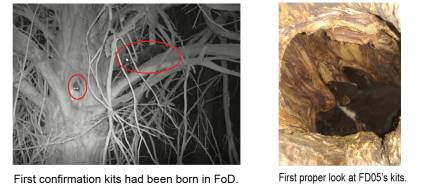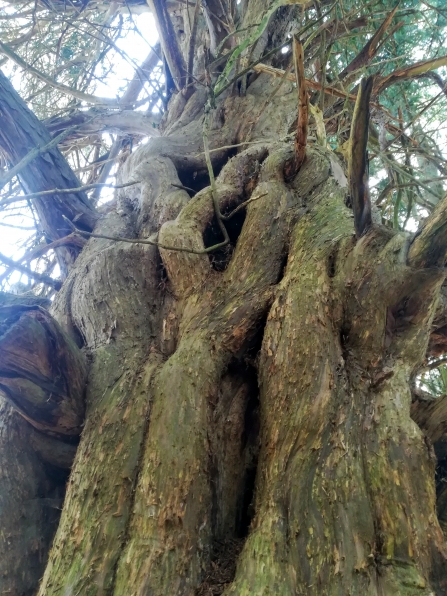Our champagne moment
If you’ve been following the pine marten project over the last nine months, you’ll know that much of our time has been taken up with nocturnal radiotracking, trying to keep up with our wee beasties as they explore their new home. Martens tend to move den-site most nights - to patrol their territory, avoid build-up of ticks and fleas, and to avoid depleting the prey source in one area. But if a marten gives birth she will stay in the same den-site for weeks at a time1. With many of our animals still radio-collared, we were able to tell when they settled down to give birth to their young (called kits!). It was with great delight that we discovered at least four of our females gave birth in March this year. These are potentially the first martens born in England in over 100 years.
Since the initial discovery, it has been a joy to take on a slower pace of ‘tracking’ as the females have settled into a den-site for longer than a single night. As a result, we have been able to deploy cameras at den sites (under Natural England licence) to capture these secretive little animals in the most exciting period of the year. We are licenced to check den-sites at the start of May (when the kits are around 6 weeks old) to confirm how many kits have been born and their condition. But, our little ones just couldn’t wait to make themselves known to the world and poked their heads out a few days before we were due to check.



